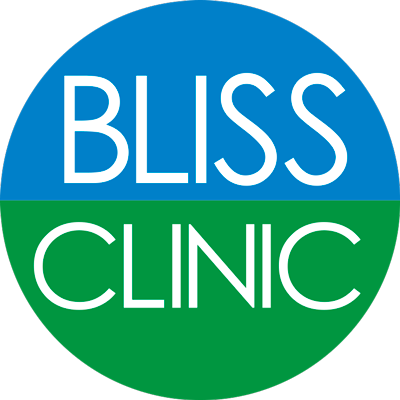Applied Kinesiology
Applied Kinesiology (AK) is a unique, clinical method of diagnosis used to evaluate the health of the body and its different organ systems via functional neurological testing.
It is a valuable clinical tool to both the doctor and patient, as signs of ill health can be picked up in the early functional stages, often before frank disease or pathology can be detected via the routine methods of blood tests and special imaging studies.
Diagnosing and correcting problems before they become severe and thus returning a patient to wellness is the major focus of attention.
This functional and preventative form of healthcare- i.e. medicine of the future, often helps to avoid extensive, invasive and costly medical interventions. The ‘lets wait and see’ approach, is thus substituted by a more proactive and preventative method.
Developed in the early 1960’s by chiropractor, Dr. Goodheart, the developing science and methodology of AK has since grown in popularity, to serve as a diagnostic tool for healthcare professionals such as chiropractors, medical doctors and dentists. Nicholas Bliss is amongst the few certified health professionals in Finland who currently practice AK at a high level of competency.
The basic premise of AK is that ‘body language does not lie’, and the language of the body can be interpreted by precise manual muscle tests unique to AK. That is, by assessing the tone and balance of muscles, as well as through postural observations and gait analyses of the patient. Good muscular strength and flexibility are prerequisites for a healthy functioning body and mind.
Empirically, it has been shown that there exists a relationship between specific muscles and internal organs. If an organ is not functioning properly, than a corresponding muscle or muscle group related to that organ may indicate this problem either as a functional weakness or as a tightness of the muscle.
The opposite equation exists with poor muscular or postural imbalance; a predictable pattern of organ dysfunction is often present alongside these structurally related dysfunctions.

An example would be of pain at the front of the knee due to weakness of the front thigh or quadriceps muscle group, which in AK can be an indicator of a problem in the digestive system (small intestine) of the body.
In this scenario, the patient has typically had reoccurring knee pains and consulted many doctors or therapists. AK ( in combination with traditional medical examination ) is used to diagnose the underlying cause(s) of the reoccurring knee problem (not just diagnosing the local problem). The treatment strategy in this example, might aim on restoring health to the digestive system in order to correct the knee problem.
This cutting edge science is particularly valuable in the field of sports and is increasingly being sought out for by athletes. It allows the practitioner to better understand why muscles are recurrently getting tight and or weak and not just treating the tight or exercising the weak muscles. A tangible reduction in injuries and increase in athletic performance is consequently observed, if the diagnosis is accurate and the therapeutic skill level of the practitioner is high.
The diagnostic methods of Applied Kinesiology allow the practitioner to determine which body system is disturbed and helps the doctor to better select the appropriate treatment. It helps the doctor to be more accurate with his clinical diagnosis by receiving immediate biofeedback. The practitioner can monitor patient progress and treatment effectiveness first-hand; thereby, often greatly speeding up a patient’s recovery time.
